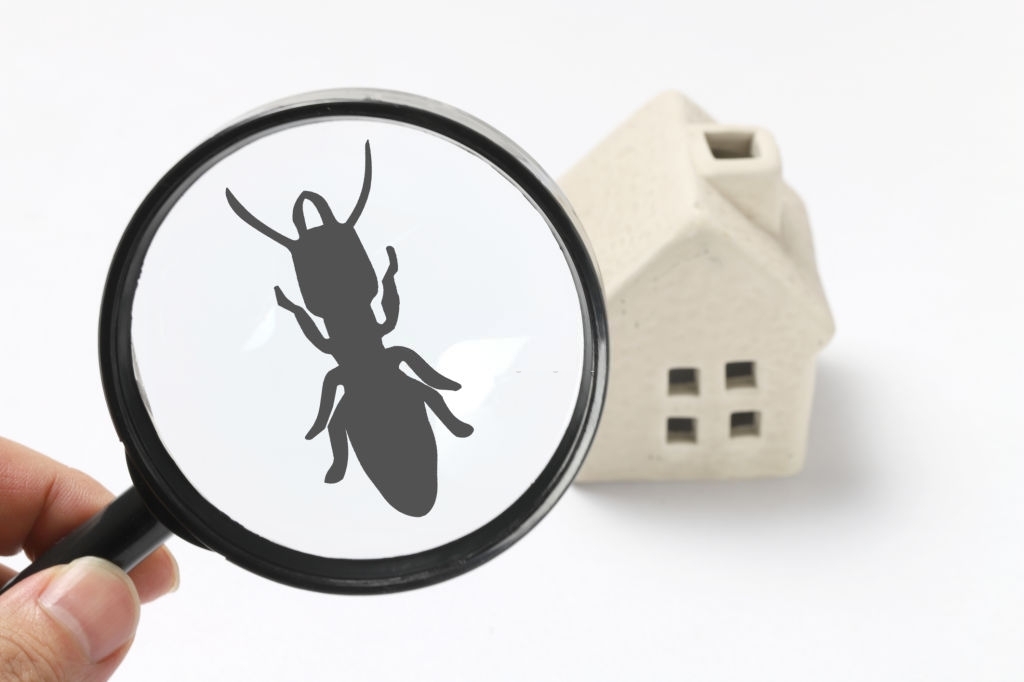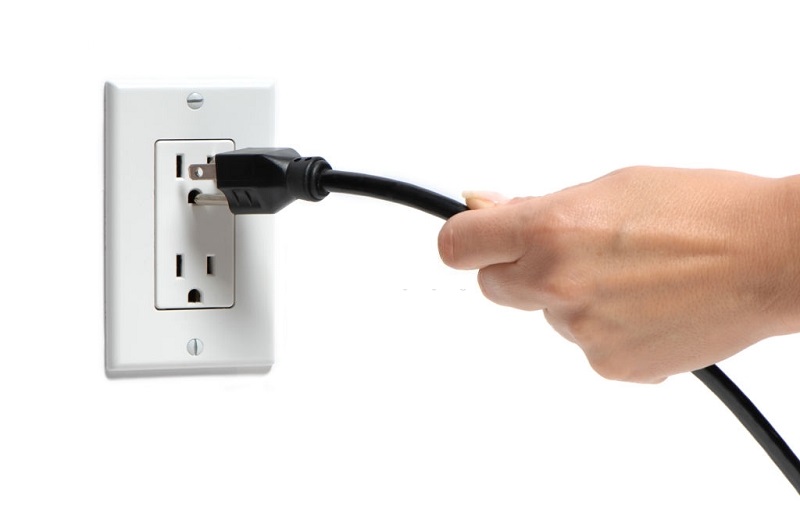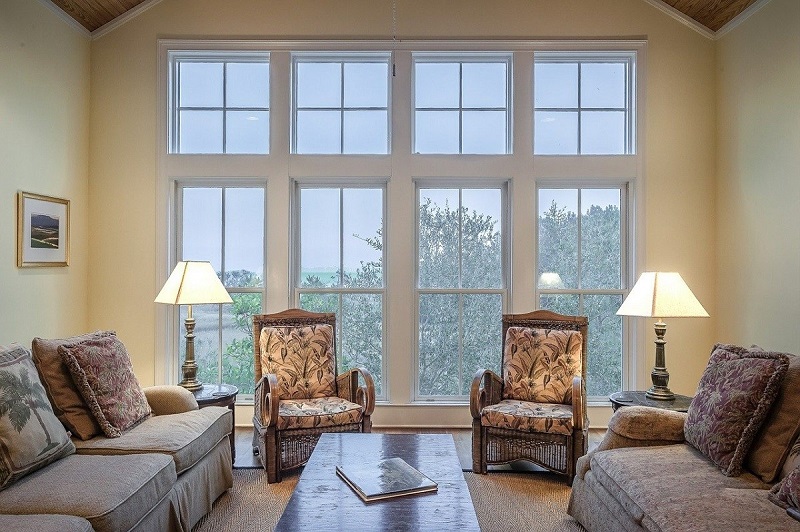
Tips and Tricks for Ensuring an Ant-Free Home
When you’re thinking about your home design, chances are that you’re mostly thinking about how things look. Sure, home décor is a great way to make your house look gorgeous, but that’s not the only element to a good-looking home. Avoiding ants is another thing that will make your home look stellar, especially if you live in an area that’s prone to ants. Here’s how you can avoid ants in the house more effectively through structural changes.

seal cracks and holes in walls
If there are any cracks or holes in your walls, regardless of how small they are, ants can come through. This can be extremely frustrating, to be sure, but it’s something that you need to think about. Whenever you see any cracks or small holes in your walls, whether they’re tiny or very prominent, it’s important to fix them as soon as possible.
Caulk around ac and heating units
Another simple entry point for ants is air conditioning and heating units. This is especially true for air conditioning units because they utilize water, which often draws the ants in. From there, if they discover an opening into your home, they’re likely to take it. If you can make sure your AC and heating units have no entry points for ants, you’ll dramatically reduce your ant infestation probability.
Ensure a tight seal around windows and doors
Windows and doors are another great place for ants to enter your home. Especially if you’re adding a new window or door or replacing an old one, you need to test the entry point and make sure ants can’t get through. Because ants are so small, they can come through extremely tiny entry points when it comes to window and door seals.
Seal food in airtight containers
One thing that can draw ants is food. If you have food that’s in any way exposed, even if it’s technically shelf-stable and doesn’t really spoil, you’re running the risk of ants. Especially if you have an existing ant problem, open food containers can exacerbate that problem. Consider ensuring all your food stays in airtight containers at all times to avoid an ant infestation.
Maintain tight pipes and faucets to prevent moisture
Ants only need a very small amount of water to start coming into your home and looking for more water. That even includes small drops that stay primarily on the pipes, rather than dripping onto the floor. It can reduce your risk of ant infestation if you maintain tight pipes by tightening leaky faucets whenever they happen.
Use crushed stone or rock instead of mulch or pine straw
Whenever you’re considering outdoor additions, one thing you want to keep in mind is the fact that ants can dig into mulch or pine straw. From there, they can create an anthill, which can have more than a million ants. If you instead opt for crushed stone or rock, the ants won’t be able to bury into those areas, which means you’ll avoid an anthill.
Repair cracked pavement and foundations
It’s common for homes to have cracked pavement or even cracked foundations that the homeowner dismisses as “no big deal.” In fact, these cracks can be a great way for ants to make their way into your home. Ants are great at burrowing, and certain types of ants love to burrow in through pavement cracks. When you fix these cracks, you’re helping to “ant-proof” your home.
Conclusion
These tips and tricks certainly vary in difficulty between each other. Tightening your faucets and pipes is much easier than fixing cracked pavement outside, after all. However, these are all important elements of avoiding ants. Doing just one or two of them may reduce your risk of ants; however, doing all of them nearly eliminates it. Even if you need to put some extra time and energy into your home décor choices, they’re a great way to avoid pests.
You May Also Like

6 Tips for Stress-free moving
May 16, 2021
Decorating Your Home with Wall Art
November 14, 2022

